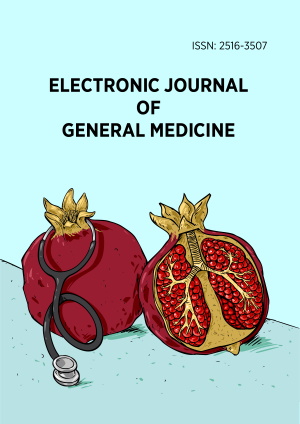Abstract
Child sexual abuse is a critical public health issue, affecting one in eight children worldwide. This study evaluates the validity and reliability of the SmartShield questionnaires, designed to assess knowledge, attitudes, and skills related to sexual education and abuse prevention among primary school children. The SmartShield 1 and SmartShield 2 questionnaires underwent validation processes, including expert content validation, face validation with teachers, and internal structure assessment involving 167 children in Kota Bharu, Kelantan. The results indicated strong content validity index averages of 0.90 and 0.91, and face validity index averages of 0.87 and 0.89, both exceeding established cut-offs. Additionally, the internal consistency, measured by Cronbach’s alpha, showed acceptable values for both questionnaires. Overall, the SmartShield questionnaires are validated tools for assessing children’s knowledge, attitudes, and skills regarding sexual education and abuse prevention. These instruments are valuable for future research aimed at evaluating the effectiveness of sexual abuse prevention programs.
License
This is an open access article distributed under the Creative Commons Attribution License which permits unrestricted use, distribution, and reproduction in any medium, provided the original work is properly cited.
Article Type: Original Article
ELECTRON J GEN MED, Volume 22, Issue 2, April 2025, Article No: em635
https://doi.org/10.29333/ejgm/15995
Publication date: 01 Mar 2025
Online publication date: 18 Feb 2025
Article Views: 409
Article Downloads: 347
Open Access References How to cite this article
 Full Text (PDF)
Full Text (PDF)